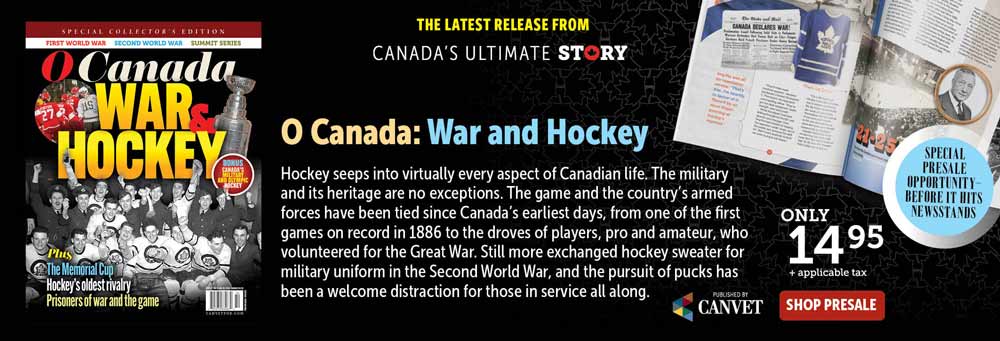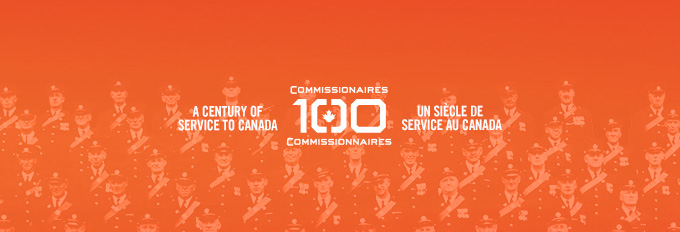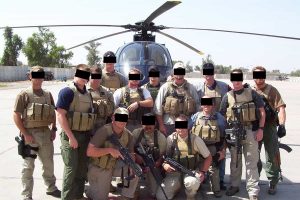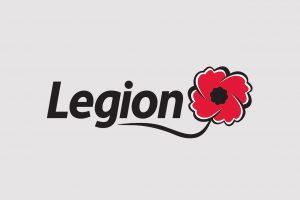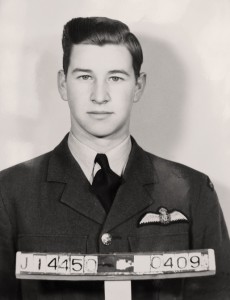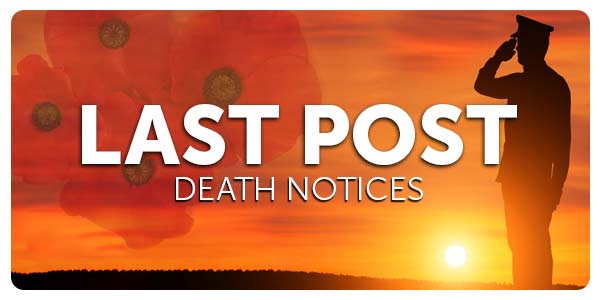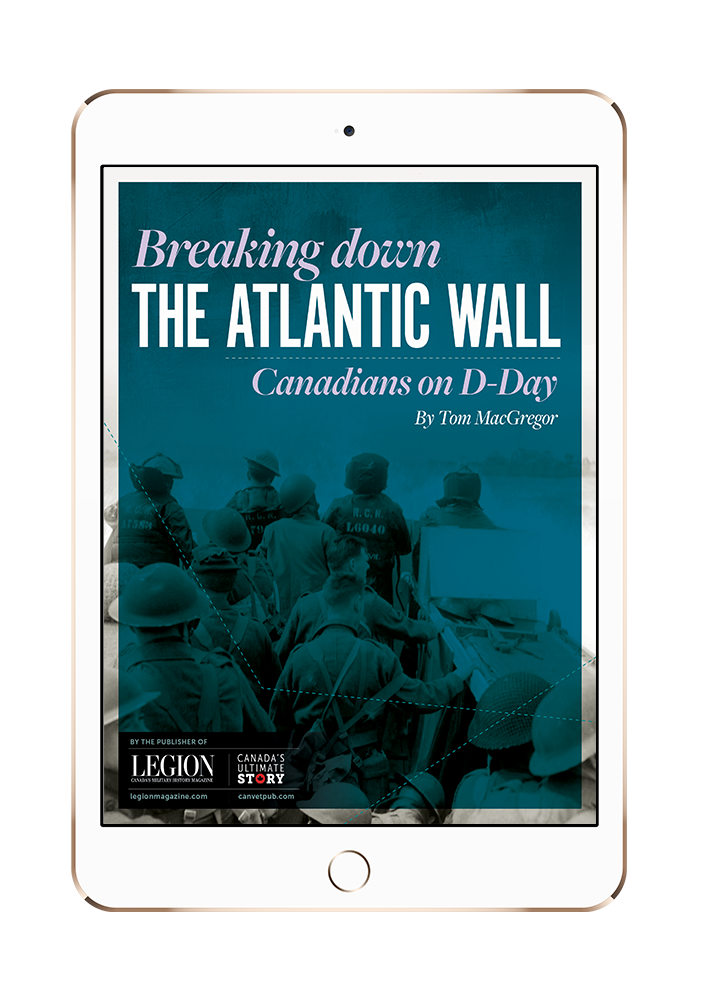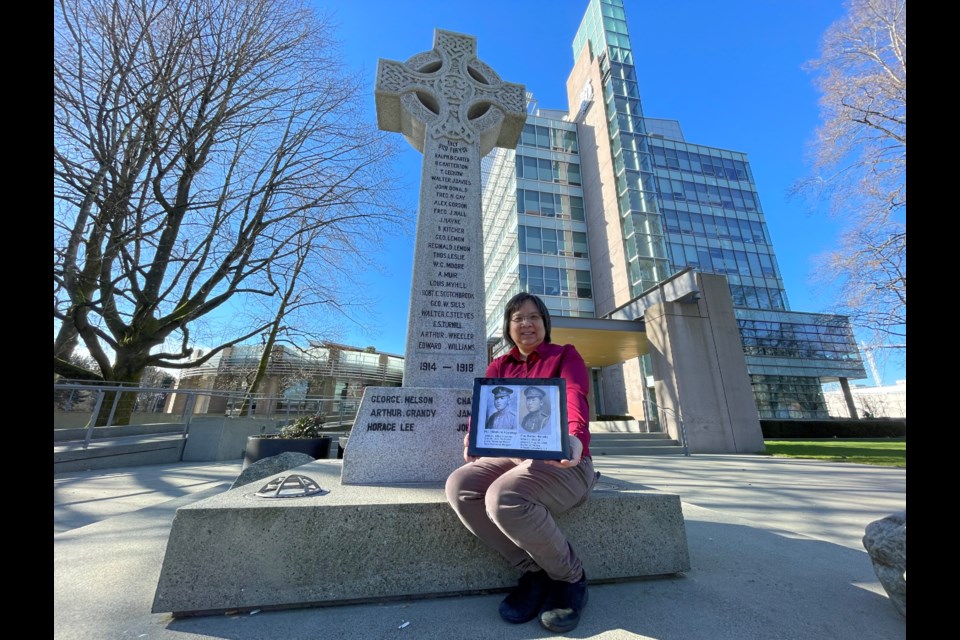
Historian Debbie Jiang poses with photos of Japanese-Canadian WW I veterans Hikotaro Koyanagi and Kazuo Harada whose names were added to the cenotaph in Richmond, B.C., in October 2024. [Courtesy Debbie Jiang]
Richmond, B.C., historian Debbie Jiang used to gaze upon the local cenotaph in traffic. “Every time I drove by,” she said to Legion Magazine, “I’d stop at a red light on No. 3 Road. There, I’d look at the side displaying the First World War. It always got me wondering if there could potentially be missing names.”
She was right on at least two counts—and potentially, indeed likely, more.
Japanese-Canadian soldiers Hikotaro Koyanagi and Kazuo Harada fought and died within nine months of each other during the Great War. Both adorned the uniform of a country that didn’t allow them to vote, that denied them the equal rights afforded to a sizable proportion of white compatriots, and treated them like second-class citizens—or frequently, worse. Yet die for Canada they did.
“To omit a name from a cenotaph is to erase someone’s story,” said Jiang.
Now, their formerly forgotten sacrifices have been remembered anew following Jiang’s efforts to have their names included on Richmond’s local war memorial. The campaigner, who is also currently compiling a photographic biography of the original Japanese-Canadian volunteers in the Great War, discussed the journey to honour the duo one year after the memorial’s rededication service.
On discovering their stories
I used to work at Library and Archives Canada, where I was the national co-ordinator of the Lest We Forget Cenotaph Project. Students would come and research the names on their local cenotaphs, and so, I got the chance to look at hundreds of military service records, mostly files from the First World War.
On my lunch breaks, I was curious to know if there were any visible minorities who served between 1914 and 1918. Eventually, I found that some 200 Japanese-Canadians served despite the racist policies of the time, due in large part to a huge community effort and the desire to gain the vote. This was also during the time of the Hayashi-Lemieux Agreement that limited the number of immigrants from Japan to Canada, at the height of efforts of the Asiatic Exclusion League to keep British Columbia white.
Now, many of these men were fishermen and labourers, 16 of whom could likely have worked in a fishing village here in Richmond called Steveston. Of those, I found hard evidence of two who came from Richmond: [Privates] Hikotaro Koyanagi and Kazuo Harada.
On the challenges of connecting Koyanagi and Harada to Richmond
What complicated matters was that they weren’t permitted to enlist in British Columbia. They instead went to join battalions in Alberta and put Calgary addresses on their attestation papers, so that effectively masked their British Columbia origins.
But things came to light about Koyanagi and Harada after researching them. Both were fishermen. Koyanagi had lost his wife and son and was so distraught that he decided to volunteer, having little to lose. His personal story is very sad, and his death is, too. He was killed during the Battle of Passchendaele. Harada survived Koyanagi by around nine months, although he died on Aug. 15, 1918.
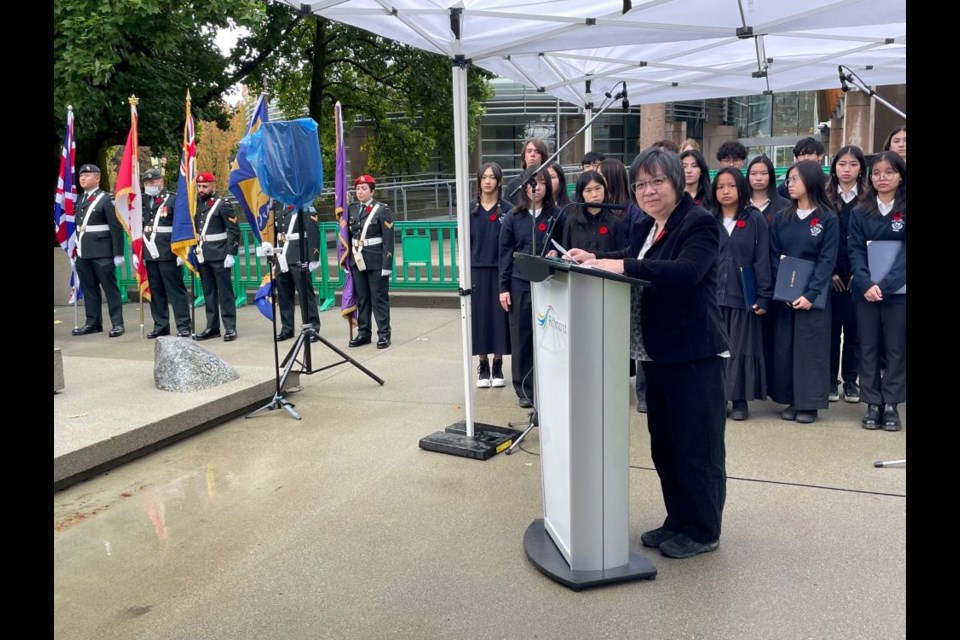
Historian Debbie Jiang speaks at the rededication ceremony of the Richmond, B.C., cenotaph on Oct. 4, 2024. [Courtesy Debbie Jiang]
On rededicating the Richmond memorial
There are many reasons why a name is omitted or forgotten on a cenotaph.
Sometimes, it is accidental because that person might not have had a loved one in a town to remember them. However, there’s likely more to the story of why Japanese-Canadians weren’t included on the Richmond, B.C., memorial.
The events of Pearl Harbor [December 1941] didn’t help, either, where these veterans were incarcerated and lost all their possessions [along with more than 21,000 other Japanese-Canadian internees]. This was no way to treat war heroes. I felt that I could help in a small way to restore their honour.
It was still hard to prove to the city hall councillors that these men came from here, but it all worked out in the end. Since Koyanagi was a widower, his marriage certificate showed his Richmond address. I also proved that Harada was actually Koyanagi’s cousin on his mother’s side. He had a single connection to a fishing cannery in Richmond, sending his military pay to his fisherman uncle that worked there.
I was pleased to present those findings to the mayor and city councillors. The evidence was sufficient to have their names included on the Richmond cenotaph. The motion passed after midnight on Feb. 14, 2024.
On Jiang’s reaction to her efforts
I was elated. I was thrilled. It was the fruition of almost nine years of work. Harada has no known family, but Koyanagi did [through marriage], who were able to attend the rededication on Oct. 4, 2024. It was a small ceremony with about 50 people, including the mayor and descendants, which was so special.
Now, when I drive past and see those names, I say a little prayer and thank God for allowing it to happen.
This abridged interview has been edited for brevity and clarity.
Advertisement
Related posts:
Remembering a Canadian downed by U.K. friendly fire in WW II.
“The Samurai in Our Closet”: New podcast highlights Japanese-Canadian WW II service and civilian internment
British-born French resident honours locally buried Canadian airmen
Canadian naval historian speaks out about retrieving shipwreck artifacts



